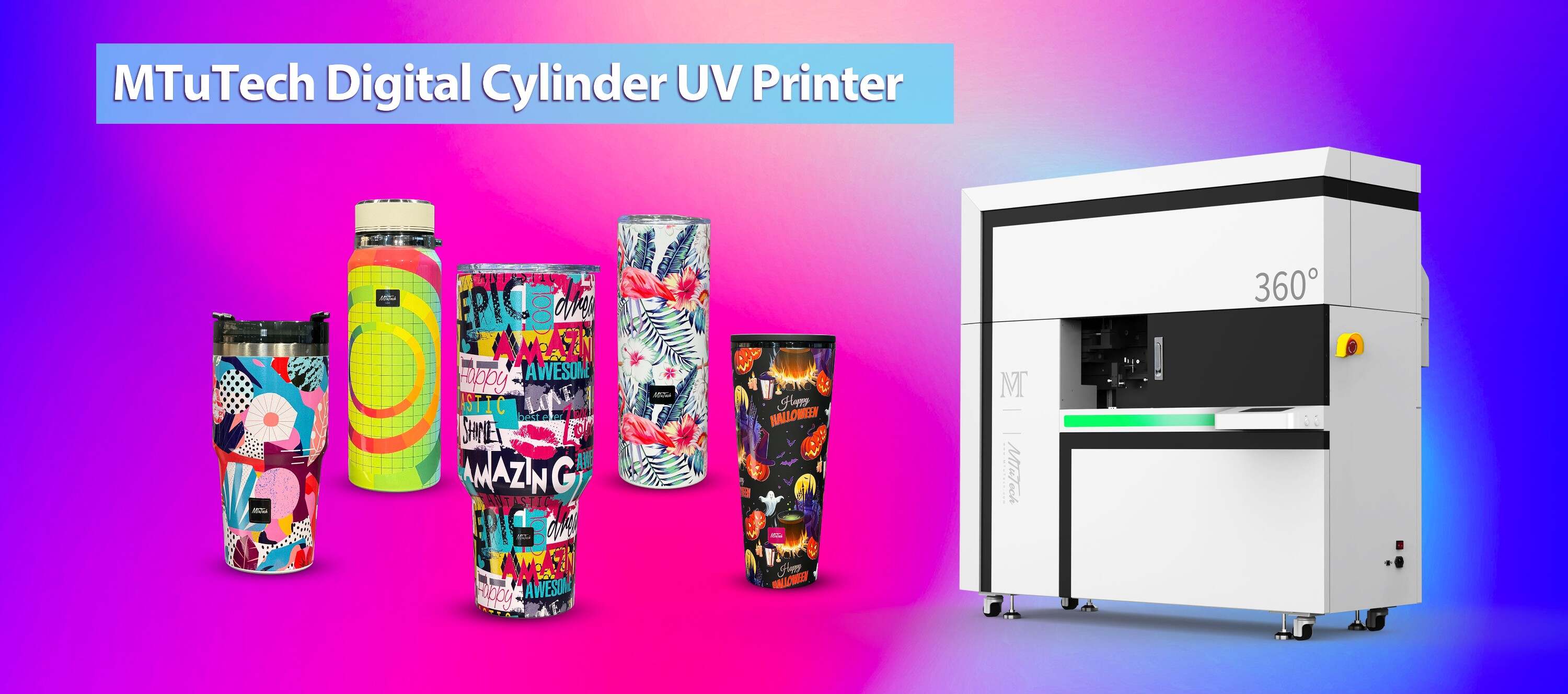 Best Practices for Shipping UV Printed Cylindrical Products
Best Practices for Shipping UV Printed Cylindrical Products
Introduction
Shipping UV printed cylindrical products presents unique challenges compared to flat items, due to their shape and the delicate nature of UV printing. To ensure that these products reach customers in perfect condition, it’s essential to implement best practices tailored to their specific needs. This article outlines key strategies for successfully shipping UV printed cylindrical items, ensuring they maintain their quality during transit.
Understanding UV Printed Cylindrical Products
UV printing has revolutionized the printing industry by providing high-quality finishes and durability. Cylindrical items, such as bottles, cans, or tubes, often have additional challenges related to their design and structure. Here’s what makes UV printed cylindrical products stand out:
Benefits of UV Printing
·
High Resolution: UV printing delivers exceptional color accuracy and detail.
·
·
Fast Drying: The UV curing process allows for quicker production times.
·
·
Durability: UV printed surfaces are resistant to scratching, fading, and moisture.
·
Common Applications
UV printed cylindrical products are utilized in various industries, including:
·
Food and beverage packaging
·
·
Cosmetics containers
·
·
Promotional items
·
Best Practices for Shipping UV Printed Cylindrical Products
To ensure that your UV printed cylindrical products arrive undamaged and in good condition, follow these best practices:
1. Packaging Materials
Choosing the right packaging materials is crucial for protecting your items during shipping. Consider the following:
·
Bubble Wrap: Provides cushioning and prevents scratches on the printed surface.
·
·
Cardboard Tubes: Ideal for cylindrical products, they offer structural protection and prevent crushing.
·
·
Foam Inserts: Custom foam inserts can stabilize products and reduce movement during transit.
·
2. Securing Your Products
Securing the products inside the packaging is essential to prevent them from shifting during transit. Use these methods:
·
Thermal Shrink Wrap: This method tightly secures products, reducing movement and damage.
·
·
Tape and Adhesives: Ensure all boxes and packaging materials are securely taped and closed to prevent any openings.
·
3. Shipping Boxes
Select shipping boxes that are appropriate for the size and weight of your products. Here are some tips for choosing the right boxes:
·
Sturdy Construction: Use double-walled boxes for added strength and protection.
·
·
Size Matters: Choose boxes that fit the product snugly to avoid excessive movement.
·
4. Labeling and Documentation
Proper labeling can prevent mishandling during shipping. Ensure you include the following:
·
Fragile Labels: Indicate that the package contains delicate items.
·
·
Cautionary Messages: Use labels that inform handlers to keep the package upright.
·
·
Shipping Documents: Include any necessary certificates, invoices, or customs documentation, especially for international shipping.
·
5. Choosing Reliable Carriers
Selecting a trustworthy shipping carrier is vital. Research local and international options, focusing on the following criteria:
·
Delivery Speed: Choose a carrier that meets your delivery timeframes.
·
·
Handling Procedures: Ensure they have experience dealing with fragile items.
·
·
Insurance Options: Opt for carriers that provide shipping insurance for your products.
·
6. Temperature Control
Some UV printed cylindrical products may be sensitive to temperature changes. To mitigate potential issues:
·
Climate-Controlled Shipping: Consider using temperature-controlled transport for sensitive products.
·
·
Avoid Extreme Conditions: Schedule shipping to avoid extreme weather conditions whenever possible.
·
Handling Returns and Damage
No matter how careful you are, products can sometimes be damaged during shipping. It's important to have a clear return and damage policy in place:
·
Clear Communication: Let customers know your policies on returns and damages upfront.
·
·
Replacement Process: Establish a straightforward process to replace damaged items quickly.
·
·
Feedback Mechanism: Encourage customers to provide feedback on packaging and shipping for continuous improvement.
·
Conclusion
Shipping UV printed cylindrical products requires careful consideration of various factors to ensure they arrive at their destination in perfect condition. By following the best practices outlined in this article, you can minimize damage and enhance customer satisfaction. Investing in quality materials, secure packaging, and reliable carriers will lead to successful shipping outcomes, ensuring that your UV printed products stand out in the market.
For more information about high-quality printing solutions, feel free to explore our high-quality Cylinder UV printers here.
FAQ
What is UV printing?
UV printing is a digital printing technology that uses ultraviolet light to cure or dry the ink as it is printed. This results in vibrant colors, sharp details, and a durable finish suitable for various materials.
Why is shipping cylindrical products challenging?
Cylindrical products are more prone to damage during shipping due to their shape. They can roll around and are less stable than flat items, requiring special packaging and handling techniques.
What type of packaging should I use for UV printed cylindrical products?
Use sturdy packaging such as double-walled boxes with bubble wrap, foam inserts, or thermal shrink wrap to ensure the products are well-protected during transit.
How can I ensure my products are not damaged during shipping?
Choose the right sizing and packaging materials, properly secure the products, use reliable carriers, and implement clear labeling to mitigate the risk of damage during shipping.
What should I do if a product is damaged upon arrival?
Have a clear return and damage policy in place. Communicate openly with customers on how to report damages, and process replacements promptly to keep customer satisfaction high.
